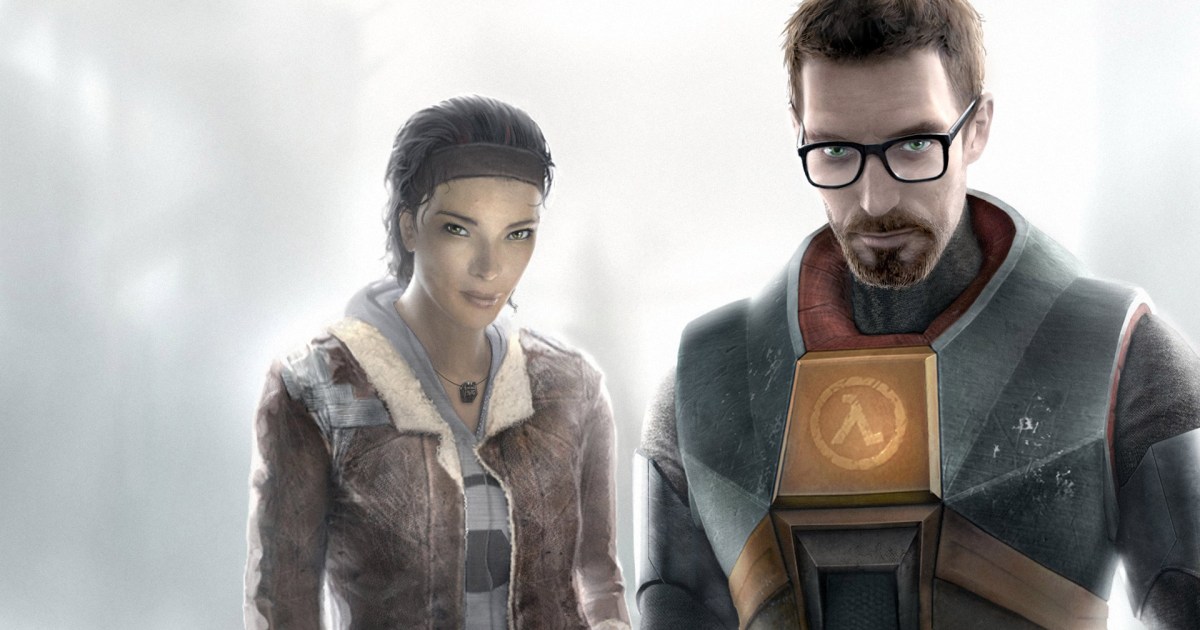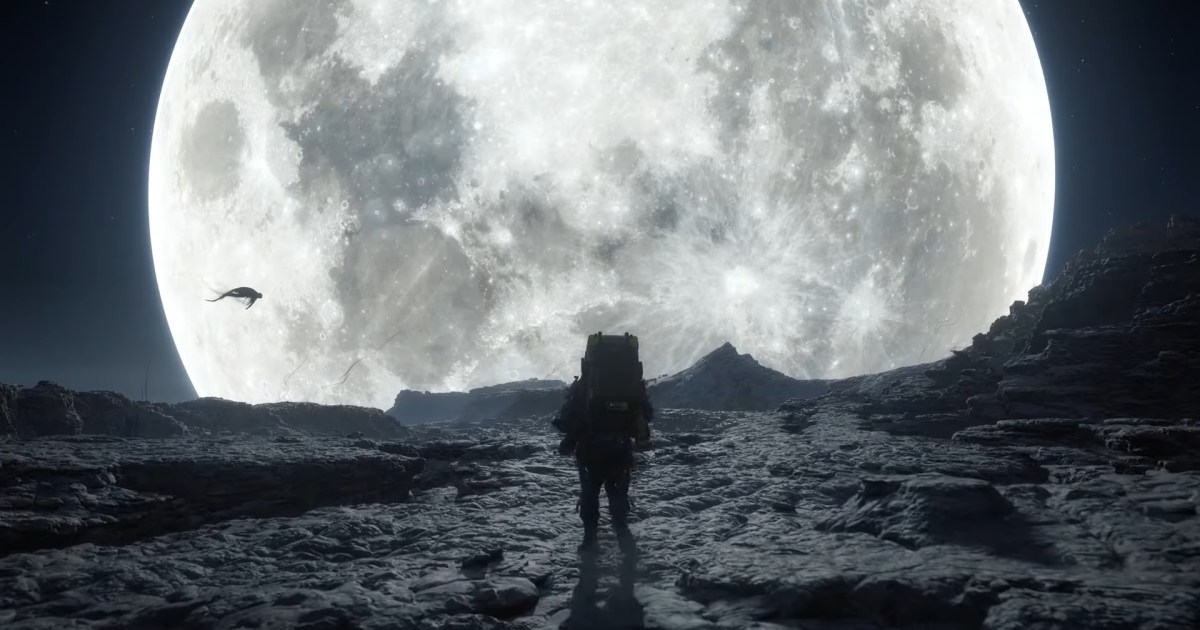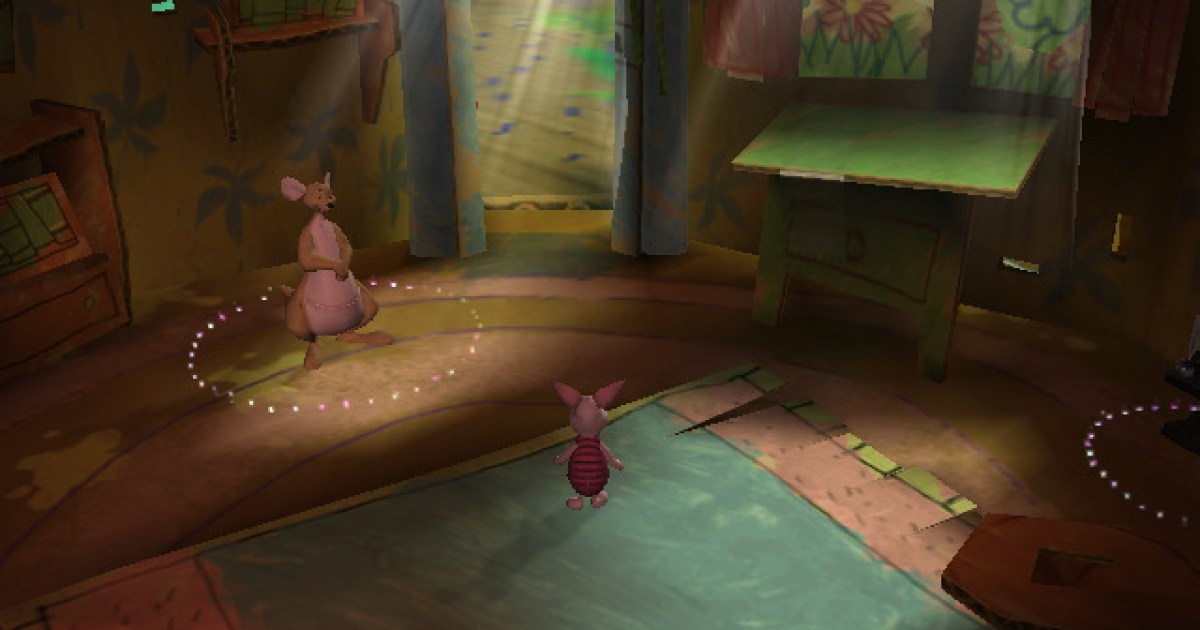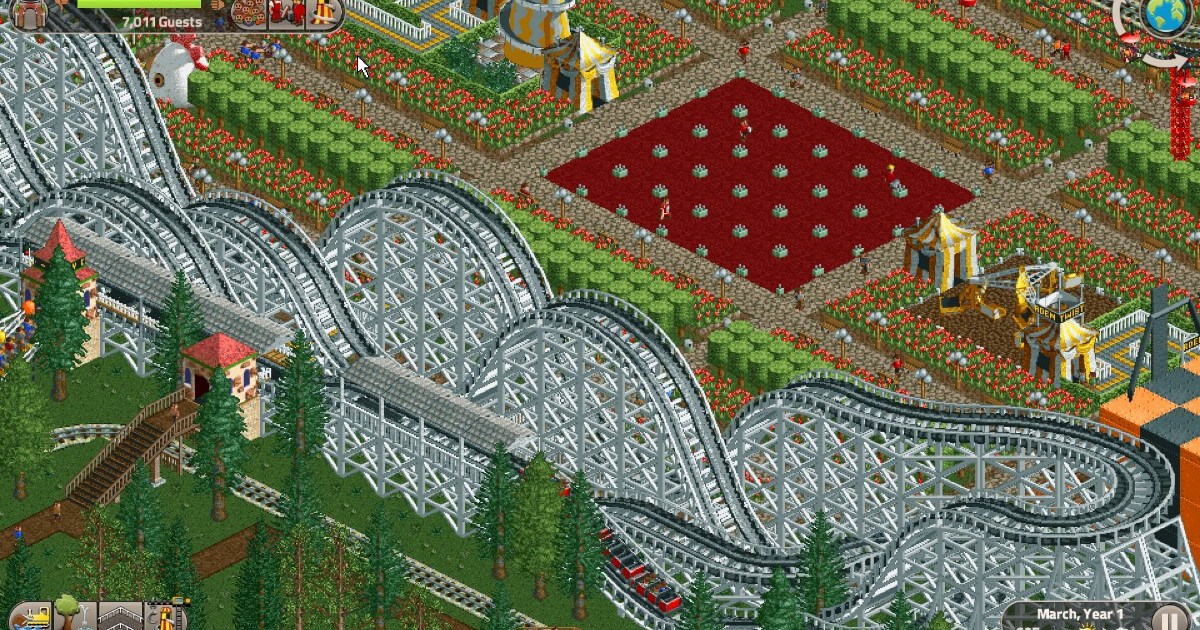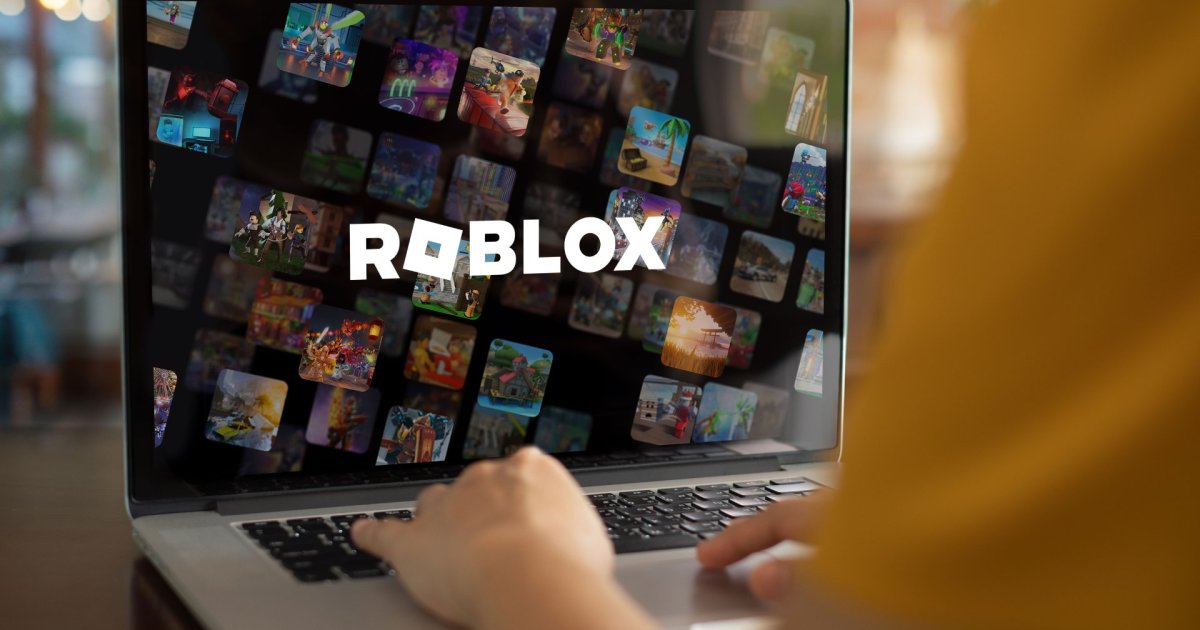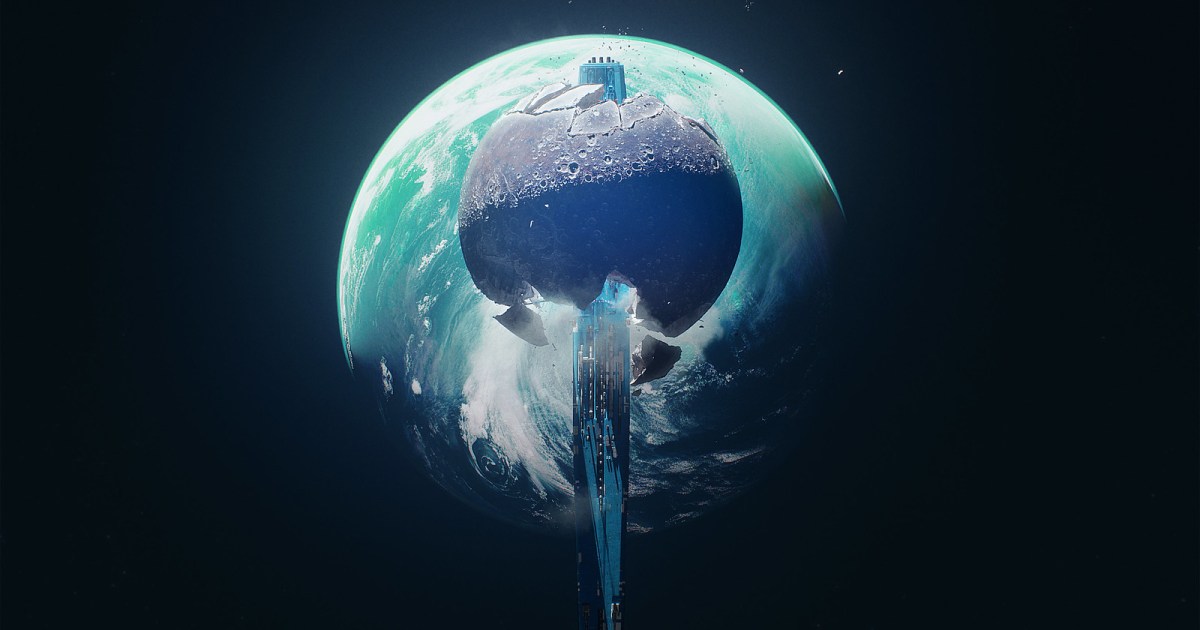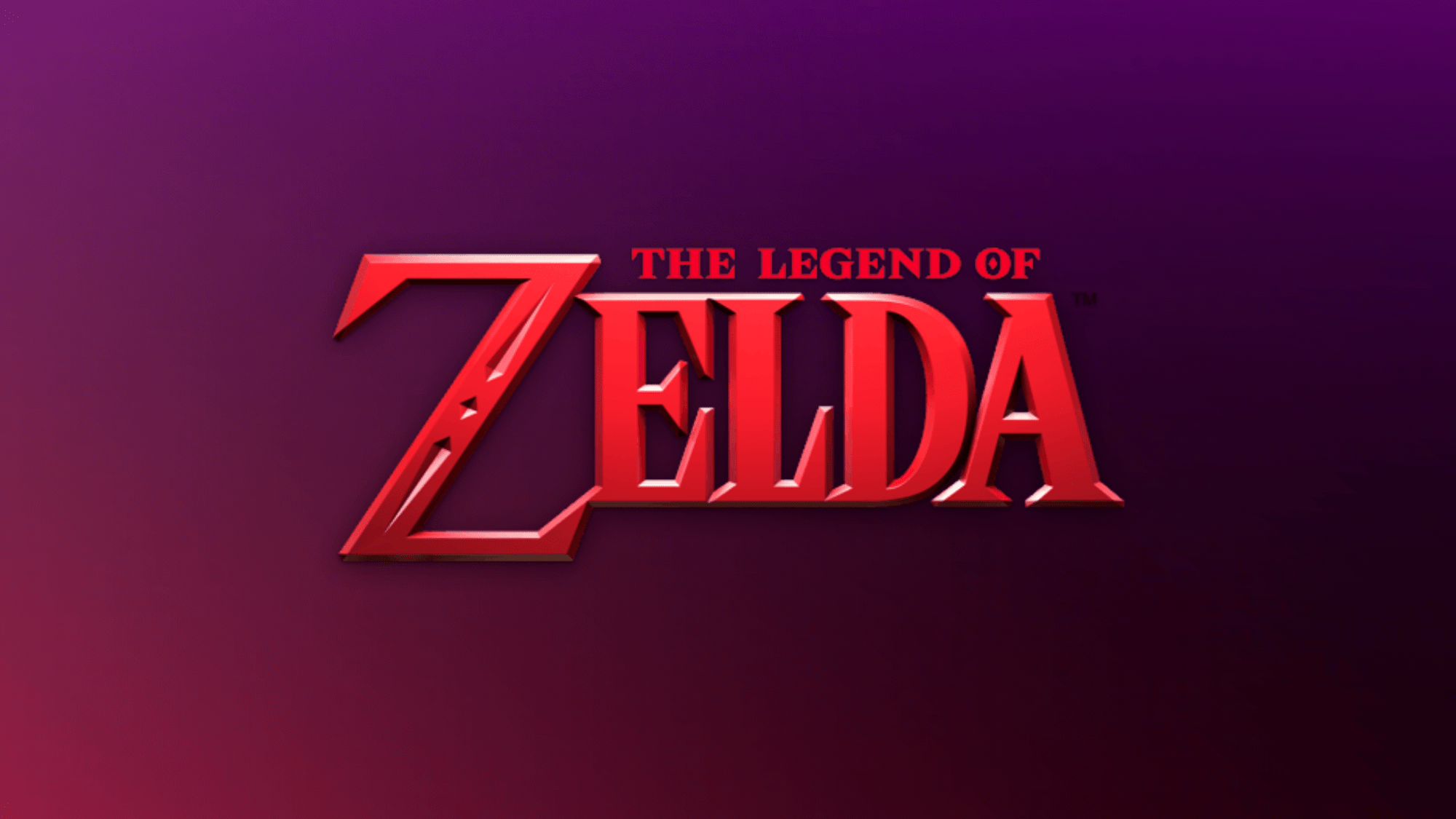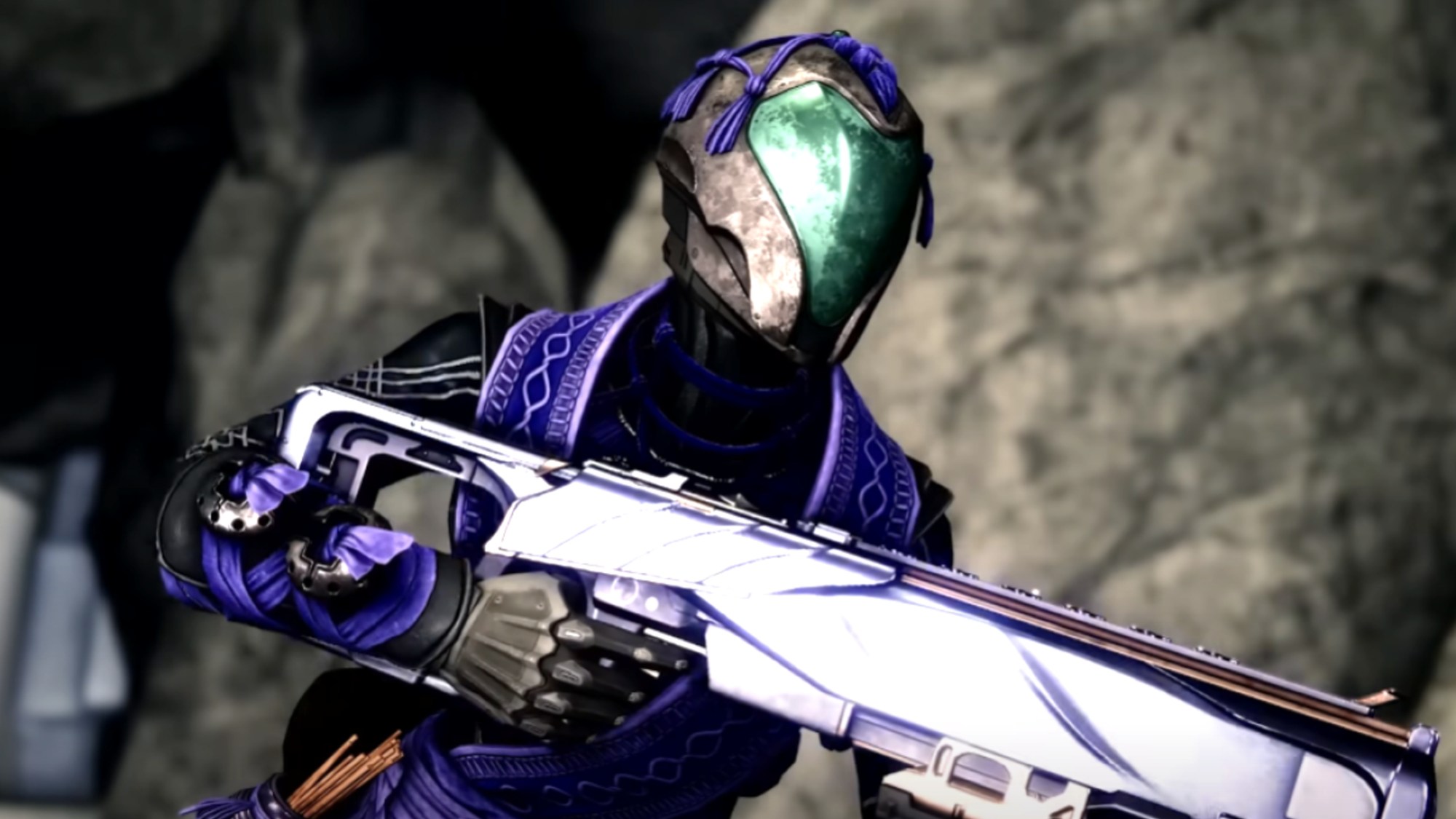The infamous joke about Valve not knowing how to count to three persists, and Half-Life fans continue to lament the absence of Half-Life 3 and the abrupt end of the Half-Life 2 episodic series at episode two. A recent documentary, the Half-Life 2: 20th Anniversary Documentary, finally sheds light on the reasons behind the cancellation of Half-Life 2: Episode 3.
The documentary, available on YouTube, features interviews with past and present Valve developers who recount the development saga of this iconic shooter. The episodic format, adopted after Half-Life 2, was driven by a “do more with less” philosophy. This approach led to innovations like Alyx Vance’s constant companionship in Episode 1 and the introduction of the formidable Hunters in Episode 2.
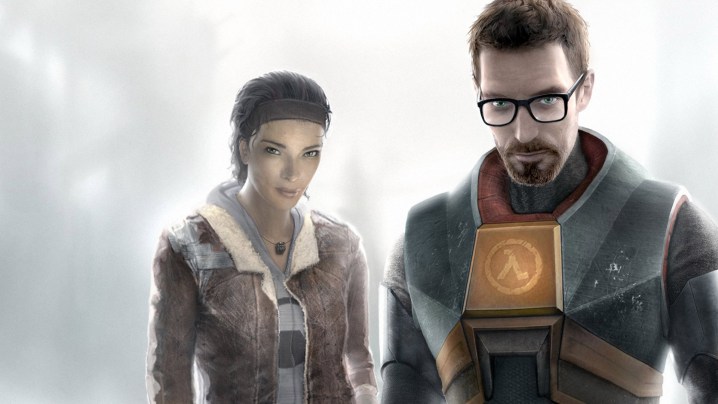 Gordon Freeman and Alyx standing together and looking at the camera.
Gordon Freeman and Alyx standing together and looking at the camera.
Technological advancements remained central to the episodic vision, and Episode 3 was planned to be particularly ambitious. Developers revealed concepts for an Arctic setting, featuring a novel ice gun capable of creating ice walls, ledges, and other structures. Approximately six months of development had been invested in Episode 3. However, the sheer scope of these intended features projected a multi-year development timeline.
The sudden shift in priorities towards Left 4 Dead proved to be the turning point. Development on Episode 3 was halted to focus on the new zombie shooter. Upon Left 4 Dead‘s completion, returning to Episode 3 felt like lost momentum. Valve engineer David Speyrer described the situation as “tragic and almost comical,” explaining that the intervening time led to the realization that they had “missed it” and it was “too late” to revive the project.
Further complicating matters were discussions about the necessity of a new engine for the final episode, a decision Spreyer now admits was “so wrong” in retrospect. Valve founder Gabe Newell emphasized that simply continuing the narrative wasn’t sufficient justification. He stated, “Yes, of course they love the story; they love many, many aspects of it. But sort of saying that your reason to do it is because people want to know what happens next … we could’ve shipped it, it wouldn’t have been that hard. My personal failure was being stumped. I couldn’t figure out why doing Episode 3 was pushing anything forward.”
The relatively small development team’s growing interest in other technologies also contributed to Episode 3‘s demise. This exploration eventually culminated in Half-Life: Alyx, the VR-exclusive title.
The documentary also unearthed fascinating details about the development of Half-Life 2 itself:
- Early concept art reveals a significantly darker visual style, leaning more towards horror.
- The iconic Ravenholm level emerged from the team’s feeling that Half-Life 2 was drifting too far from its horror roots.
- While the airboat offered exhilarating traversal, playtesters’ reluctance to remain onboard prompted Valve to design rewards and missions specifically encouraging its use.
- A lawsuit from Vivendi regarding distribution nearly bankrupted Valve before Half-Life 2‘s release. An intern’s Korean language skills proved crucial, uncovering illegal conduct by Vivendi in translated documents, effectively halting the lawsuit.
- Arkane Lyon was at one point developing a Ravenholm spin-off game.
The cancellation of Half-Life 2: Episode 3 remains a disappointment for fans. However, the documentary provides valuable insight into the complex factors that led to its demise, ranging from shifting priorities and technological ambitions to the pursuit of new creative directions.



